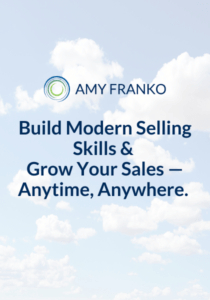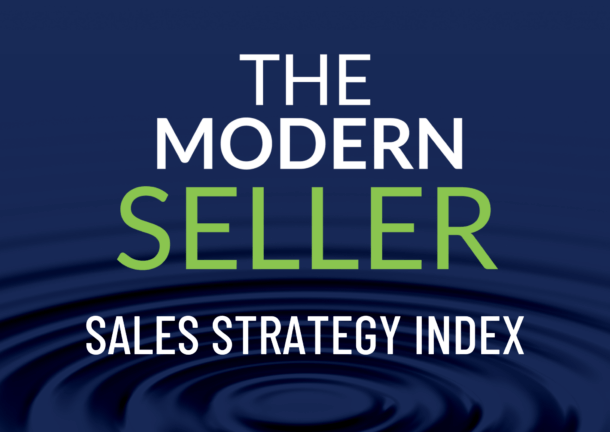To supercharge your sales cycle, you must start by understanding your own buying habits. Dive deep into your purchasing process to uncover insights that could transform your approach to selling.
*****
I’m an advocate for leveraging sales-specific assessment with all my clients before we begin our sales training or sales strategy journey together. What makes it so powerful? It shines a light on the under-examined areas of their sales skills. With focus on those areas, they can take significant leaps in sales growth.
There is one under-examined process that can significantly improve your sales cycle. It’s how you make your own buying decisions, especially when it comes to premium products and services.
How we buy is subconsciously projected onto how we sell. If we don’t examine this process, we risk losing the sale or unnecessarily prolonging the sales cycle. According to Objective Management Group in their analysis of 2.3 million sales professionals, only 24% of sellers have a strong Supportive Buy Cycle, meaning that how they buy enables them to sell more effectively.
For sales leaders, interpret this as nearly 75% of your team has a personal buying process that impedes their ability to accelerate the sales cycle.
What’s Your Personal Buying Process?
To dissect this a bit further, examine a recent past purchase where the price was over $1,000 and ask yourself the following questions:
- What were the steps I took from start to finish?
- How long did the entire process take?
- Was I clear on what I wanted?
- Was I clear on how much I was willing to spend or invest?
- What did I enjoy about the buying process?
- What did I dislike about the buying process?
- What was the outcome of the buying process?
What’s Your Buying Mindset?
Next, look at your buying tendencies to understand your mindset:
- Do I emphasize value, or do I focus on price?
- Am I a “think it over” or a quick decision maker?
- Am I a deep researcher or a surface-level researcher?
- Am I looking for a fair price, or am I looking for the “deal of year?”
- Am I a price negotiator or do I pay face value?
- Do I beat myself up if I didn’t feel like I got a great deal?
- Am I confident in my buying decisions, or do I tend to second guess myself?
- How do I handle situations where the purchase in question is out of my budget?
How Does Your Buying Process Impact Your Customers?
With this analysis fresh in your mind, look at one or two recent customer buying scenarios. Where do you see some of your own buying processes and tendencies appear?
- It might be that you readily accept a “think it over” for extended periods of time. You might leave a meeting without a confirmed follow-up.
- Perhaps you didn’t clearly ask the customer for a decision.
- Maybe you aren’t confidently leading your client through the buying process.
- You perhaps accepted significant negotiations or price decreases to win.
- You may have shared so much information or buying options that it caused confusion.
How Can You Improve Your Supportive Buy Cycle?
Now that you have a clearer picture of your buying process and tendencies, and how that might impact your customer’s buying process, you can improve your supportive buy cycle. You must first start with yourself and change your buying patterns. Consider these three areas with your next premium purchase:
- Consider setting a percentage over budget that you would be willing to spend if needed to get the product or service you really want (instead of settling).
- Challenge your “think it over” reflex and shorten your decision timeline.
- Become aware of second guessing your decisions; tell yourself you made the best decision with the information at hand.
- When you make the decision, use clear and confident language to do so.
- If you aren’t ready to make the decision, be clear and confident with that as well. Commit to when you will make the decision (whether it’s a yes or a no) and follow through. Avoid ghosting and you’ll build your own confidence in this area.
Improving your sales cycle begins with understanding how you buy. Making even small adjustments to your own process will have significant impact on accelerating your sales cycle and avoiding unqualified deals that won’t close.
Uncover the Right Sales Training Program for Your Team
Amy Franko is the leader in sales training and sales leadership coaching, helping you to design best-in-class sales programs that accelerate growth. To significantly improve the outcomes of your sales training, let’s schedule a conversation. Don’t let your competition get an advantage. Contact us to schedule a conversation with Amy.



 Our Strategic Selling signature sales training program is now available online. This online sales learning program is ideal for professional services and B2B sales. Get started with 2 free lessons.
Our Strategic Selling signature sales training program is now available online. This online sales learning program is ideal for professional services and B2B sales. Get started with 2 free lessons.